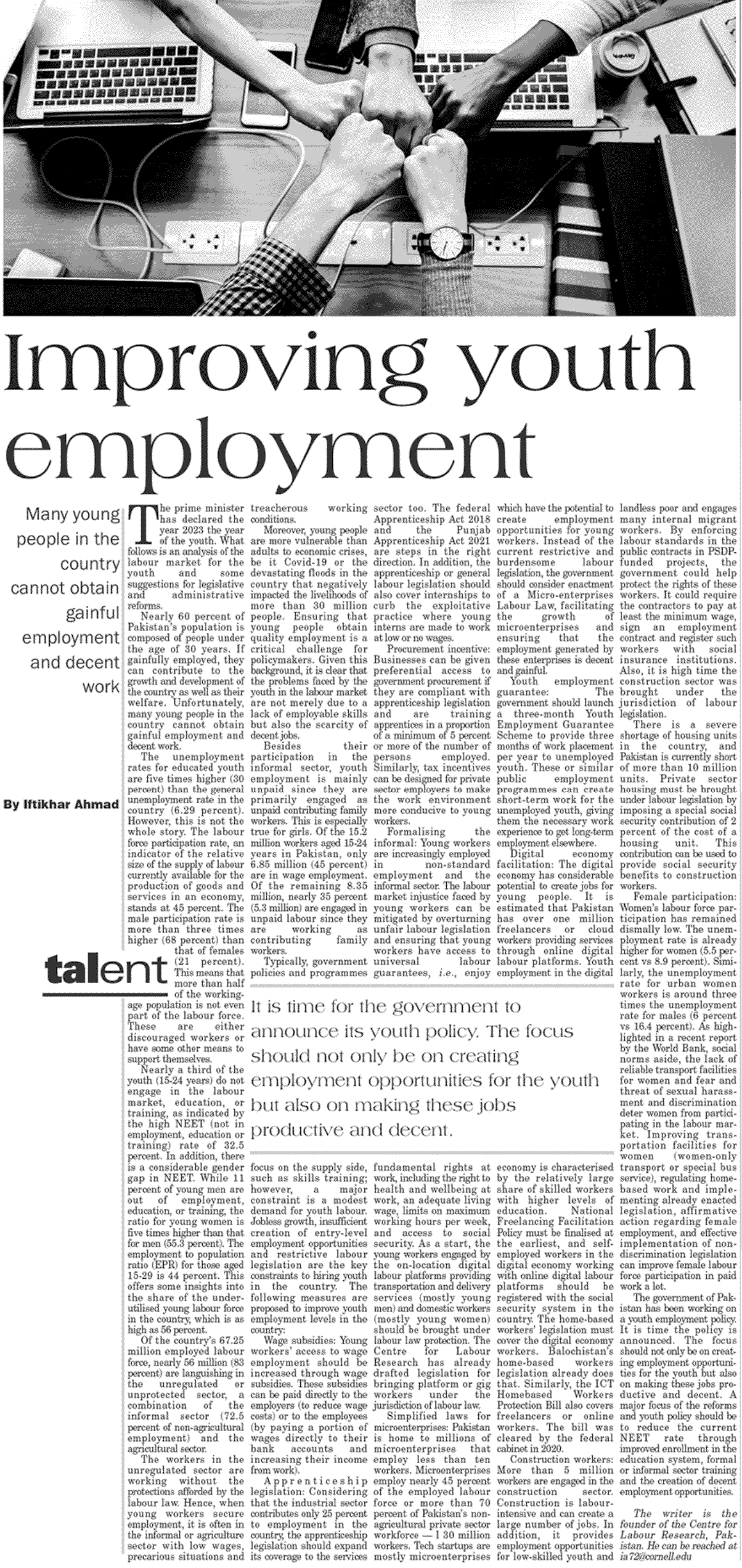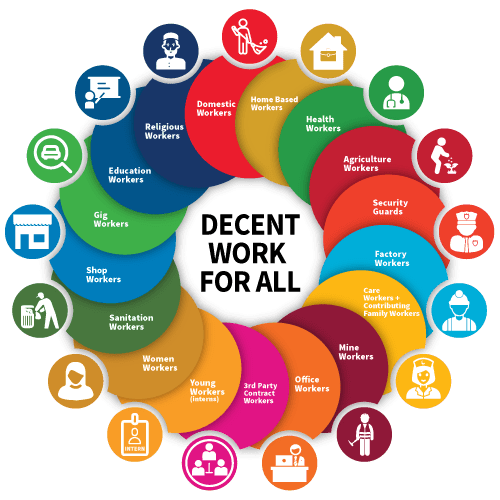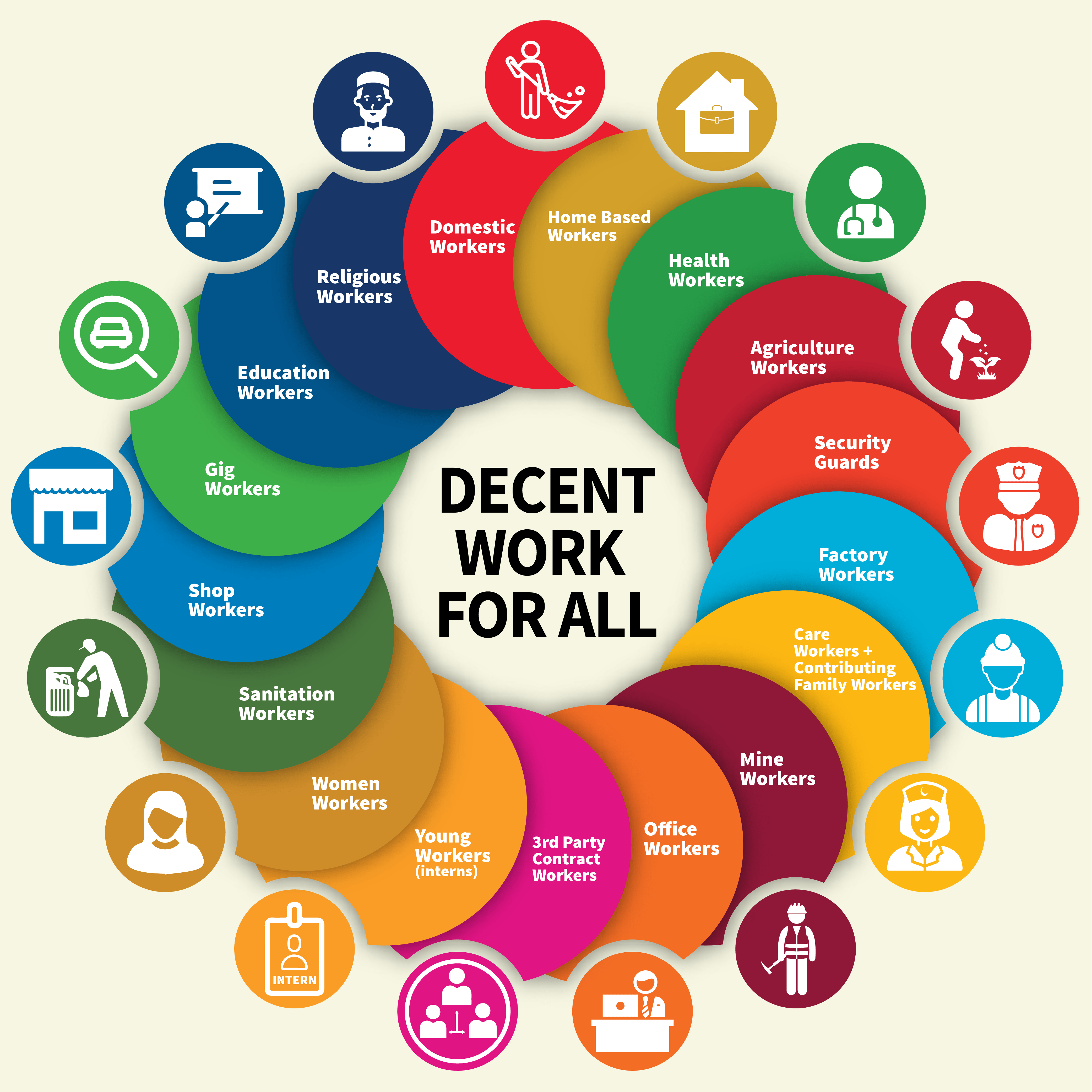
Improving youth employment
The prime minister has declared the year 2023 the year of the youth. What follows is an analysis of the labour market for the youth and some suggestions for legislative and administrative reforms.
Nearly 60 percent of Pakistan’s population is composed of people under the age of 30 years. If gainfully employed, they can contribute to the growth and development of the country as well as their welfare. Unfortunately, many young people in the country cannot obtain gainful employment and decent work.
The unemployment rates for educated youth are five times higher (30 percent) than the general unemployment rate in the country (6.29 percent). However, this is not the whole story. The labour force participation rate, an indicator of the relative size of the supply of labour currently available for the production of goods and services in an economy, stands at 45 percent. The male participation rate is more than three times higher (68 percent) than that of females (21 percent). This means that more than half of the working-age population is not even part of the labour force. These are either discouraged workers or have some other means to support themselves.
Nearly a third of the youth (15-24 years) do not engage in the labour market, education, or training, as indicated by the high NEET (not in employment, education or training) rate of 32.5 percent. In addition, there is a considerable gender gap in NEET. While 11 percent of young men are out of employment, education, or training, the ratio for young women is five times higher than that for men (55.3 percent). The employment to population ratio (EPR) for those aged 15-29 is 44 percent. This offers some insights into the share of the under-utilised young labour force in the country, which is as high as 56 percent.
Of the country’s 67.25 million employed labour force, nearly 56 million (83 percent) are languishing in the unregulated or unprotected sector, a combination of the informal sector (72.5 percent of non-agricultural employment) and the agricultural sector.
The workers in the unregulated sector are working without the protections afforded by the labour law. Hence, when young workers secure employment, it is often in the informal or agriculture sector with low wages, precarious situations and treacherous working conditions.
Moreover, young people are more vulnerable than adults to economic crises, be it Covid-19 or the devastating floods in the country that negatively impacted the livelihoods of more than 30 million people. Ensuring that young people obtain quality employment is a critical challenge for policymakers. Given this background, it is clear that the problems faced by the youth in the labour market are not merely due to a lack of employable skills but also the scarcity of decent jobs.
Besides their participation in the informal sector, youth employment is mainly unpaid since they are primarily engaged as unpaid contributing family workers. This is especially true for girls. Of the 15.2 million workers aged 15-24 years in Pakistan, only 6.85 million (45 percent) are in wage employment. Of the remaining 8.35 million, nearly 35 percent (5.3 million) are engaged in unpaid labour since they are working as contributing family workers.
Typically, government policies and programmes focus on the supply side, such as skills training; however, a major constraint is a modest demand for youth labour. Jobless growth, insufficient creation of entry-level employment opportunities and restrictive labour legislation are the key constraints to hiring youth in the country. The following measures are proposed to improve youth employment levels in the country:
It is time for the government to announce its youth policy. The focus should not only be on creating employment opportunities for the youth but also on making these jobs productive and decent.
Wage subsidies: Young workers’ access to wage employment should be increased through wage subsidies. These subsidies can be paid directly to the employers (to reduce wage costs) or to the employees (by paying a portion of wages directly to their bank accounts and increasing their income from work).
Apprenticeship legislation: Considering that the industrial sector contributes only 25 percent to employment in the country, the apprenticeship legislation should expand its coverage to the services sector too. The federal Apprenticeship Act 2018 and the Punjab Apprenticeship Act 2021 are steps in the right direction. In addition, the apprenticeship or general labour legislation should also cover internships to curb the exploitative practice where young interns are made to work at low or no wages.
Procurement incentive: Businesses can be given preferential access to government procurement if they are compliant with apprenticeship legislation and are training apprentices in a proportion of a minimum of 5 percent or more of the number of persons employed. Similarly, tax incentives can be designed for private sector employers to make the work environment more conducive to young workers.
Formalising the informal: Young workers are increasingly employed in non-standard employment and the informal sector. The labour market injustice faced by young workers can be mitigated by overturning unfair labour legislation and ensuring that young workers have access to universal labour guarantees, i.e., enjoy fundamental rights at work, including the right to health and wellbeing at work, an adequate living wage, limits on maximum working hours per week, and access to social security. As a start, the young workers engaged by the on-location digital labour platforms providing transportation and delivery services (mostly young men) and domestic workers (mostly young women) should be brought under labour law protection. The Centre for Labour Research has already drafted legislation for bringing platform or gig workers under the jurisdiction of labour law.
Simplified laws for microenterprises: Pakistan is home to millions of microenterprises that employ less than ten workers. Microenterprises employ nearly 45 percent of the employed labour force or more than 70 percent of Pakistan’s non-agricultural private sector workforce — l 30 million workers. Tech startups are mostly microenterprises which have the potential to create employment opportunities for young workers. Instead of the current restrictive and burdensome labour legislation, the government should consider enactment of a Micro-enterprises Labour Law, facilitating the growth of microenterprises and ensuring that the employment generated by these enterprises is decent and gainful.
Youth employment guarantee: The government should launch a three-month Youth Employment Guarantee Scheme to provide three months of work placement per year to unemployed youth. These or similar public employment programmes can create short-term work for the unemployed youth, giving them the necessary work experience to get long-term employment elsewhere.
Digital economy facilitation: The digital economy has considerable potential to create jobs for young people. It is estimated that Pakistan has over one million freelancers or cloud workers providing services through online digital labour platforms. Youth employment in the digital economy is characterised by the relatively large share of skilled workers with higher levels of education. National Freelancing Facilitation Policy must be finalised at the earliest, and self-employed workers in the digital economy working with online digital labour platforms should be registered with the social security system in the country. The home-based workers’ legislation must cover the digital economy workers. Balochistan’s home-based workers legislation already does that. Similarly, the ICT Homebased Workers Protection Bill also covers freelancers or online workers. The bill was cleared by the federal cabinet in 2020.
Construction workers: More than 5 million workers are engaged in the construction sector. Construction is labour-intensive and can create a large number of jobs. In addition, it provides employment opportunities for low-skilled youth and landless poor and engages many internal migrant workers. By enforcing labour standards in the public contracts in PSDP-funded projects, the government could help protect the rights of these workers. It could require the contractors to pay at least the minimum wage, sign an employment contract and register such workers with social insurance institutions. Also, it is high time the construction sector was brought under the jurisdiction of labour legislation.
There is a severe shortage of housing units in the country, and Pakistan is currently short of more than 10 million units. Private sector housing must be brought under labour legislation by imposing a special social security contribution of 2 percent of the cost of a housing unit. This contribution can be used to provide social security benefits to construction workers.
Female participation: Women’s labour force participation has remained dismally low. The unemployment rate is already higher for women (5.5 percent vs 8.9 percent). Similarly, the unemployment rate for urban women workers is around three times the unemployment rate for males (6 percent vs 16.4 percent). As highlighted in a recent report by the World Bank, social norms aside, the lack of reliable transport facilities for women and fear and threat of sexual harassment and discrimination deter women from participating in the labour market. Improving transportation facilities for women (women-only transport or special bus service), regulating home-based work and implementing already enacted legislation, affirmative action regarding female employment, and effective implementation of non-discrimination legislation can improve female labour force participation in paid work a lot.
The government of Pakistan has been working on a youth employment policy. It is time the policy is announced. The focus should not only be on creating employment opportunities for the youth but also on making these jobs productive and decent. A major focus of the reforms and youth policy should be to reduce the current NEET rate through improved enrollment in the education system, formal or informal sector training and the creation of decent employment opportunities.
This article was published in TNS on 5 March 2023



